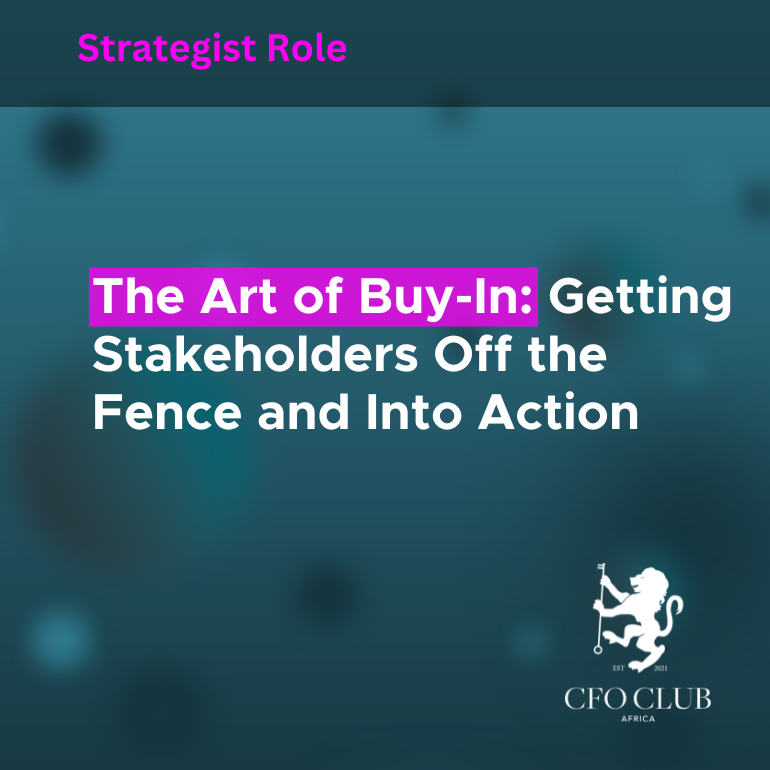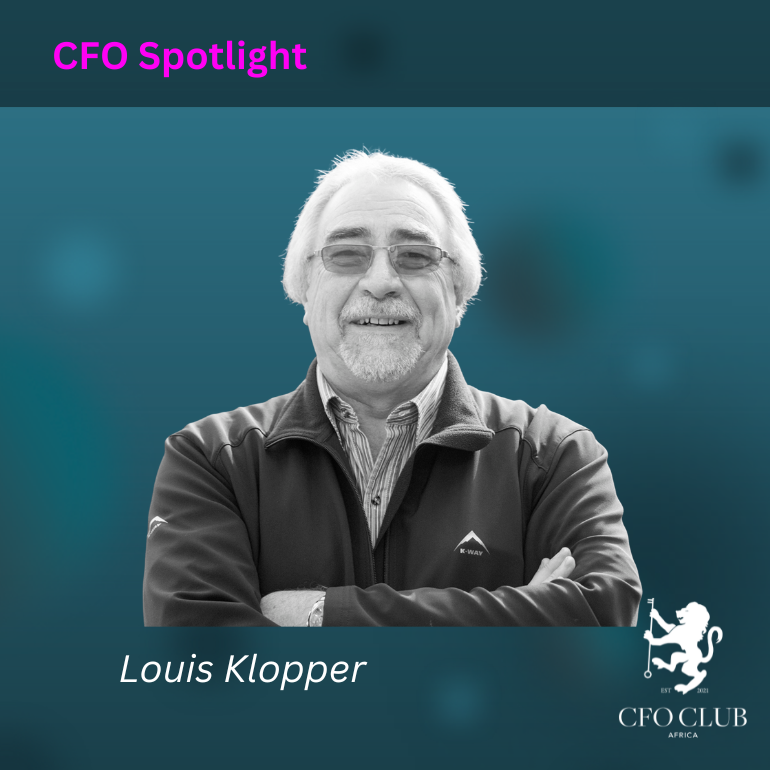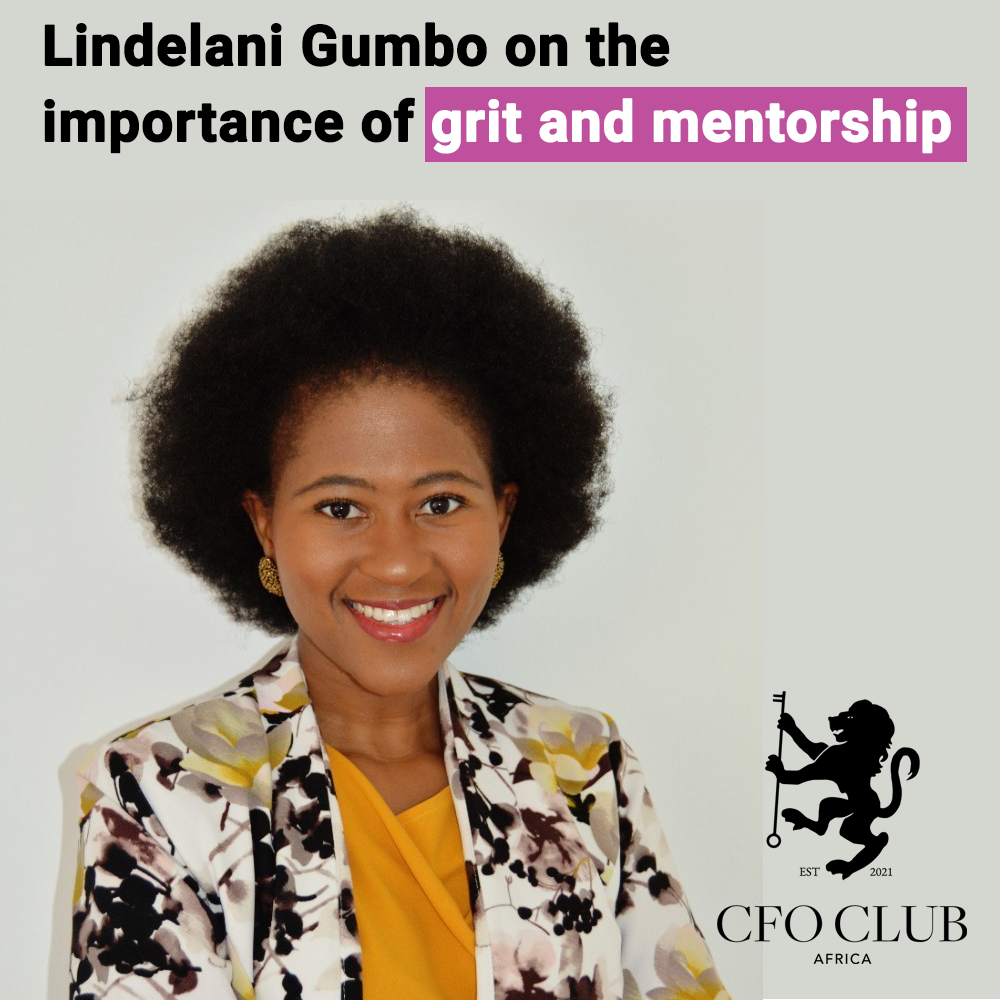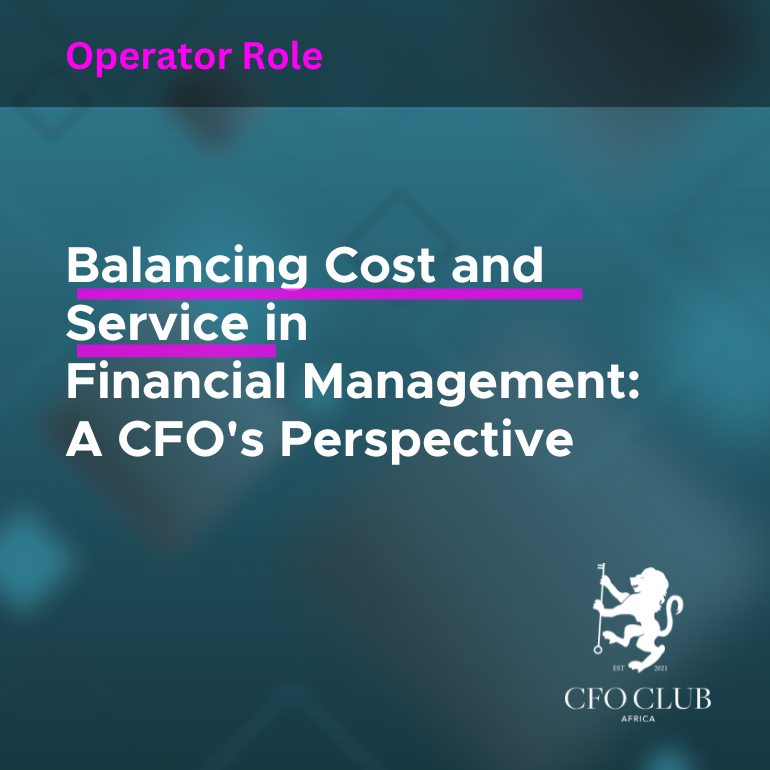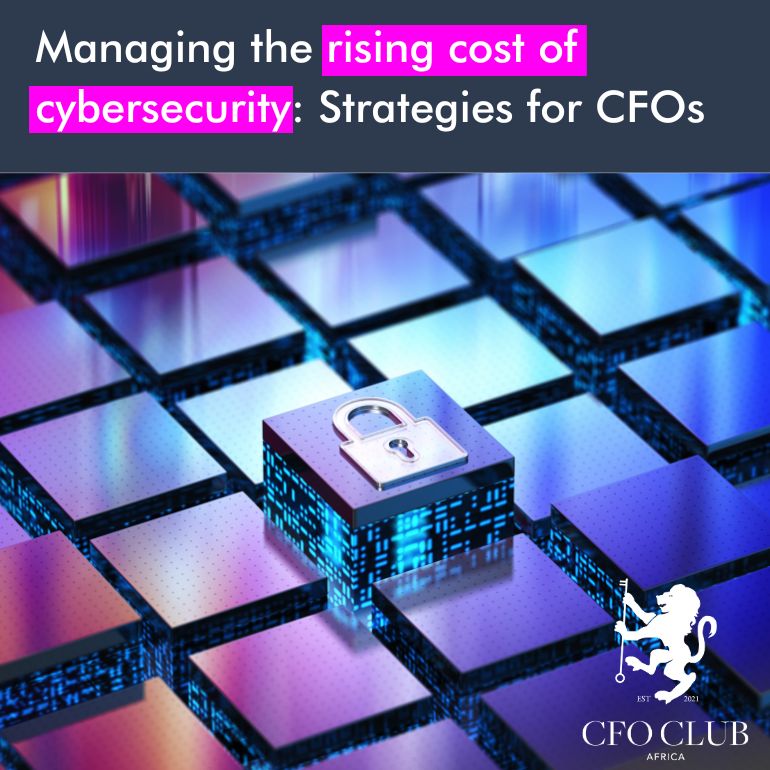The Art of Buy-In: Getting Stakeholders Off the Fence and Into Action
The Art of Buy-In: Getting Stakeholders Off the Fence and Into Action
You’ve been there before. A strategy that makes perfect financial sense, backed by solid numbers and a clear ROI—only to watch it stall because someone “wasn’t quite sold.” You didn’t need another spreadsheet. You needed buy-in.
In the world of finance and business leadership, technical skills will only take you so far. If you can’t get people to commit—to the system upgrade, the cost-cutting proposal, the digital transformation, you’re stuck playing defense. And as a CFO, playing defense too long turns you from a strategist into a bookkeeper with a title.
Buy-in isn’t about sweet-talking people or pushing your agenda harder. It’s about shifting minds, aligning interests, and making it feel like their idea too. That’s where real influence starts.
What’s Really at Stake?
When a board member drags their feet or a department head subtly resists a new process, what they’re really saying is: I don’t see the value, I wasn’t included, or this feels like a threat. That delay isn’t just annoying, it’s expensive. Missed deadlines, half-baked rollouts, duplicate efforts. You see the waste, but without commitment from all corners, you can’t stop it.
The skill of buy-in—real, lasting, “I’ve got your back” buy-in—is now a non-negotiable part of the CFO toolkit.
Make It About Them (Not You)
The first mistake most finance leaders make. Framing the idea in terms of what it will do for the company overall. Sure, reducing costs or improving efficiencies matters, but stakeholders want to know:
- Will this make my life easier?
- Will it make me look good?
- What happens if it fails to carry the can?
Speak directly to those questions. If it’s a new reporting system, don’t harp on automation benefits. Talk about how it reduces after-hours work and makes board packs less painful. If it’s a budget cut, show how it protects the headcount and stabilises cash flow in their area first.
This isn’t about manipulation. It’s about relevance. If they can’t see how it fits into their world, they’ll never help you build yours.
Buy-In Starts Long Before the Pitch
By the time you’re formally presenting a business case, the real decision’s already been made—in the corridor chats, the side meetings, the informal sense-checks. If you’ve been holding back your cards, hoping the logic will carry the day, you’ve already lost half the battle.
Start early. Bring people in before the strategy is fully baked. Ask their opinion—not as a favour, but as a signal. When stakeholders feel like co-creators, they shift from critics to champions.
This is especially true in risk-averse environments. In South Africa’s current compliance-heavy climate, no one wants to stick their neck out unless they feel ownership. Inclusion is the antidote to silence.
Tackle Resistance Before It Goes Underground
Resistance isn’t the problem. Hidden resistance is. You’d much rather hear “I’m not convinced” than discover it three weeks into the rollout when timelines slip and people start dragging their feet.
So, surface it early. Invite tough questions. Ask what could go wrong and who might be affected. Then listen—properly. Sometimes the pushback highlights blind spots you need to fix. Other times, it just needs reassurance and context.
Remember: even logical resistance is emotional underneath. It’s tied to status, control, reputation. Acknowledge that, and you’ll defuse half the drama.
Find Your Champions
Not everyone needs to be fully on board—at least not right away. Focus on the influencers. Who do people listen to when leadership steps out of the room? Who’s the quiet operator that gets things done behind the scenes?
Get them on side. Give them early access. Let them shape the story. Once they believe in it, others will follow. It’s not about hierarchy; it’s about credibility and trust.
And don’t underestimate the power of a single well-respected manager saying, “I think this is smart.” That’s worth more than a dozen slide decks.
Prove It with Quick Wins
Buy-in needs momentum. The longer you wait for results, the more people lose faith or forget why they signed up in the first place. So, build in short-term wins.
These don’t have to be big. A cleaner dashboard, one successful report, a simplified approval process—anything that shows “this is working.”
When people see progress, they lean in. When they see nothing, they quietly step back.
The CFO as Convener, Not Just Controller
Today’s CFO isn’t just a gatekeeper of numbers. You’re the connector between strategy and execution. The one who sees the full picture, crosses departments, links outcomes to resources.
But to lead from that position, you need more than authority. You need influence. And influence comes from trust, alignment, and the ability to get people nodding before the meeting even begins.
Buy-in is the tool. Conversation is the vehicle. And relevance is your ticket in.
Want your next project to stick? Don’t just ask for support—build it. Start early. Speak plainly. And above all, make it feel like their win, not just yours.
Because in today’s fast-moving, risk-averse world, the CFO who can lead people—not just manage numbers—is the one who rises.

